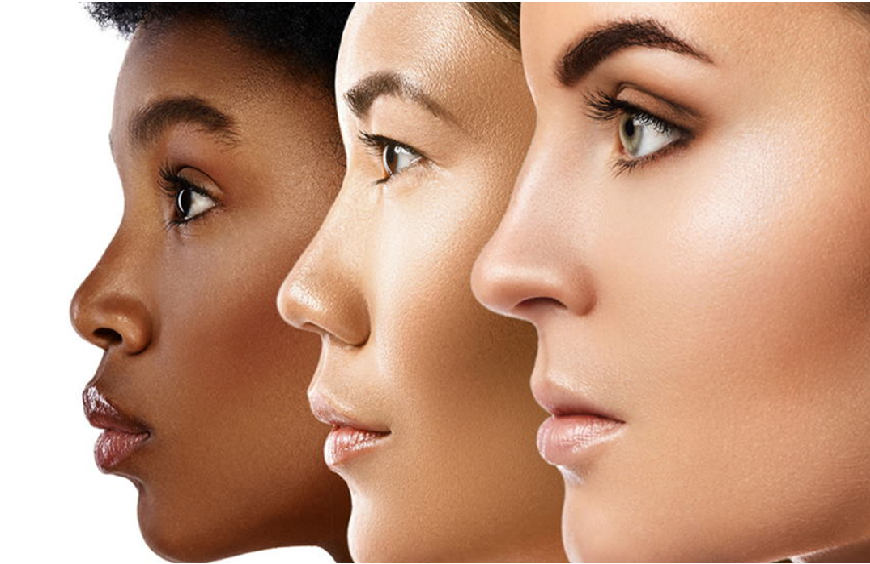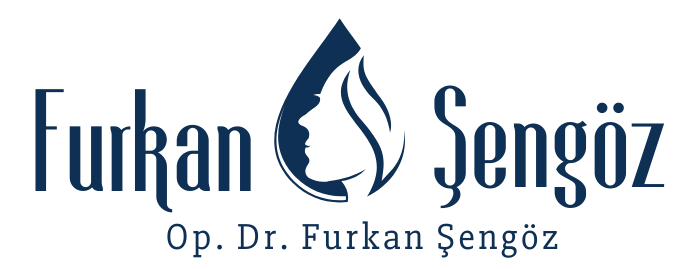Ethnic Rhinoplasty: Celebrating Diversity While Enhancing Harmony
What Is Ethnic Rhinoplasty?
Ethnic rhinoplasty is a specialized form of nose surgery tailored for patients of non-Caucasian descent. Unlike traditional rhinoplasty, which often follows Western aesthetic ideals, ethnic rhinoplasty considers the unique anatomical characteristics, skin texture, and cultural identity of individuals from various ethnic backgrounds.
It’s not about changing who you are—it’s about enhancing your natural features while preserving your ethnic heritage and facial harmony.

Who Is Ethnic Rhinoplasty For?
Ethnic rhinoplasty is commonly sought by patients from the following backgrounds:
- African or African-American
- Middle Eastern (Arab, Persian, Turkish, etc.)
- East Asian or Southeast Asian
- South Asian (Indian, Pakistani, Bangladeshi)
- Latino or Hispanic
- Mixed heritage individuals
Each of these groups may have distinct nasal features—such as wider nostrils, thicker skin, low nasal bridges, or bulbous tips—that require a customized approach to rhinoplasty.
Key Differences from Traditional Rhinoplasty
Ethnic rhinoplasty differs from standard rhinoplasty in the following ways:
Respecting Cultural Aesthetics
The goal is not to create a “one-size-fits-all” nose. Instead, surgeons work to enhance and refine the existing nasal structure in a way that looks natural and proportionate to the patient’s overall facial features.
Tailored Surgical Techniques
Ethnic noses often have:
- Thicker skin and soft tissue
- Weaker cartilage support
- Broad nasal base or wide nostrils
- Flat or low nasal bridges
These features require advanced surgical techniques such as tip support grafts, alar base reduction, and dorsal augmentation, often using cartilage grafts from the septum, ear, or rib.
Focus on Balance, Not Westernization
Ethnic rhinoplasty avoids creating overly narrow or lifted noses that look unnatural on certain facial structures. Instead, the emphasis is on balance, symmetry, and authenticity.
Common Goals of Ethnic Rhinoplasty
Each patient’s goals are unique, but common objectives include:
- Refining a bulbous or undefined nasal tip
- Narrowing wide nostrils (alar base reduction)
- Raising a low nasal bridge (dorsal augmentation)
- Straightening a deviated nose
- Improving breathing function
The result should be a natural-looking nose that reflects the patient’s heritage while improving aesthetic proportions.
Why Experience Matters in Ethnic Rhinoplasty
Ethnic rhinoplasty is one of the most technically demanding procedures in plastic surgery. It requires:
- Deep understanding of ethnic anatomical variations
- Cultural sensitivity and aesthetic awareness
- Expertise in cartilage grafting and advanced nasal restructuring techniques
Surgeons with significant experience in multicultural rhinoplasty can achieve the most harmonious and long-lasting results. Look for board-certified plastic surgeons with before/after portfolios of patients with similar features.
Choosing the Right Surgeon
When choosing a surgeon for ethnic rhinoplasty, consider:
- Specialization in ethnic or revision rhinoplasty
- Before/after galleries showing diverse patient results
- Patient reviews and testimonials
- Communication skills and cultural awareness
- Transparent consultation process and customized surgical plans
Tip: Ask if your surgeon uses 3D imaging software to preview potential outcomes based on your current facial structure.
Open vs. Closed Technique in Ethnic Rhinoplasty
- Open rhinoplasty is often preferred for ethnic noses due to the complexity of the work needed. This approach allows for precise cartilage shaping and grafting.
- Closed rhinoplasty may be an option for minor adjustments, but it offers less visibility and flexibility for significant structural work.
Your surgeon will recommend the best approach depending on your anatomy and desired outcome.
Recovery Timeline for Ethnic Rhinoplasty
The recovery process is similar to other rhinoplasty types but can vary due to thicker skin and healing response. Here’s a general timeline:
- Day 1–3: Swelling and mild bruising around the eyes
- Day 5–7: External splint and stitches removed
- Week 2–3: Major bruising resolves
- Month 2–3: Swelling starts to reduce significantly
- 6–12 Months: Final shape visible, especially tip definition
Patients with thicker skin may need a bit more time for the final contour to fully emerge.
Risks and Considerations
As with any surgery, ethnic rhinoplasty carries some risks, including:
- Infection or poor wound healing
- Nasal asymmetry
- Excessive scarring (especially in patients prone to keloids)
- Breathing difficulties (if internal structure is compromised)
- Dissatisfaction with aesthetic outcome
Choosing an experienced and skilled surgeon greatly reduces these risks.
The Psychological and Emotional Impact
Ethnic rhinoplasty can be a life-changing experience, boosting self-confidence, self-image, and even social interaction. However, it’s important to have realistic expectations. A good surgeon will guide you toward a result that looks and feels like the best version of you—not someone else.
Patients often report feeling:
- More confident in their appearance
- More aligned with their identity
- Proud to maintain ethnic traits with subtle enhancement
Why Turkey Is a Top Destination for Ethnic Rhinoplasty
Turkey, especially Istanbul, has become a global center for ethnic rhinoplasty thanks to its:
- Internationally trained, highly skilled surgeons
- Clinics with experience in ethnic and revision rhinoplasty
- Competitive pricing (ranging from $2,500 to $5,000)
- Medical tourism infrastructure with all-inclusive packages
- High patient satisfaction from diverse cultural backgrounds
Patients from the Middle East, Africa, Central Asia, and Europe routinely travel to Turkey for ethnic nose surgery due to the expertise and affordability.
Final Thoughts: Enhancing Without Erasing
Ethnic rhinoplasty is not about eliminating your heritage—it’s about honoring it. When done by a skilled surgeon, the result is not a generic nose, but a uniquely tailored one that complements your identity, enhances your natural beauty, and respects your individuality.
Whether you’re from the Middle East, Africa, Asia, or Latin America, a well-performed ethnic rhinoplasty allows you to feel like your most confident self, without compromising your cultural roots.
Contact Form
- Copyright © 2025 – Op. Dr. Furkan Şengöz




